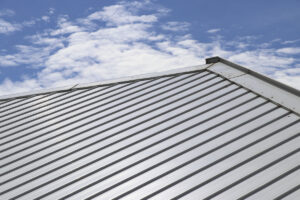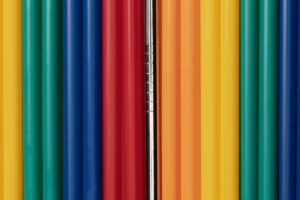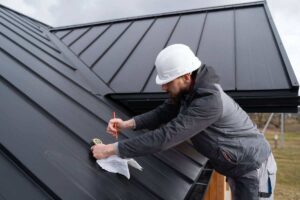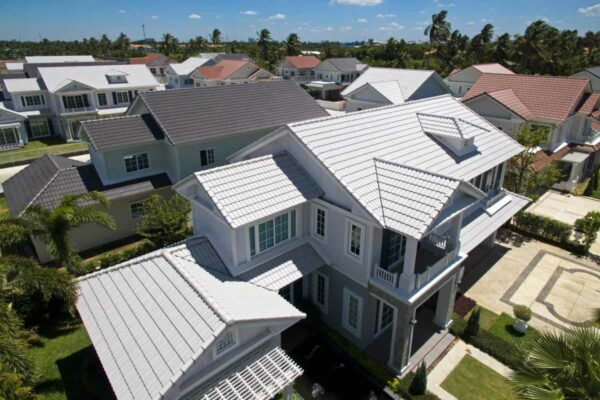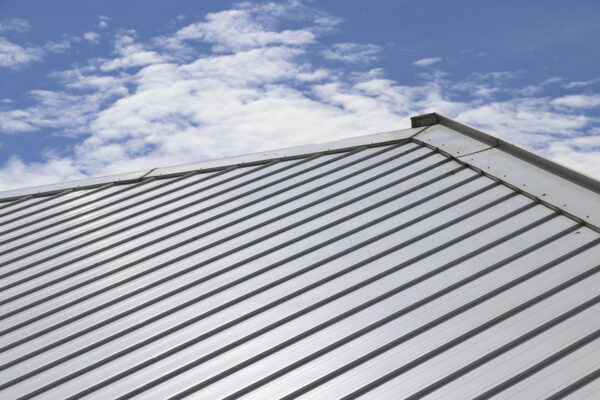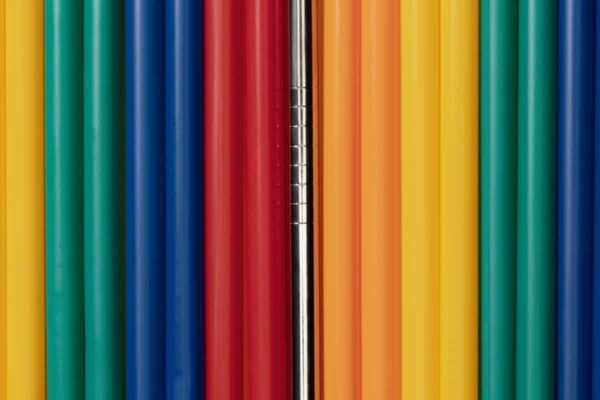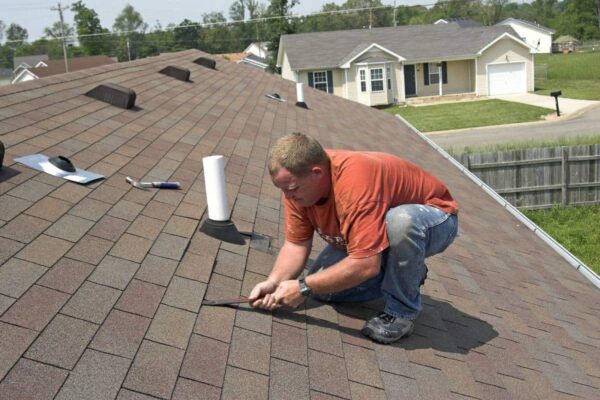The roofing market is overflowing with options. Whether you’re searching for a specific aesthetic, cost-range, or durability, chances are, in 2020, there’s a roofing product to fit your needs.
From solar shingles to synthetic alternatives, we’re breaking down five innovative roofing products for 2020.
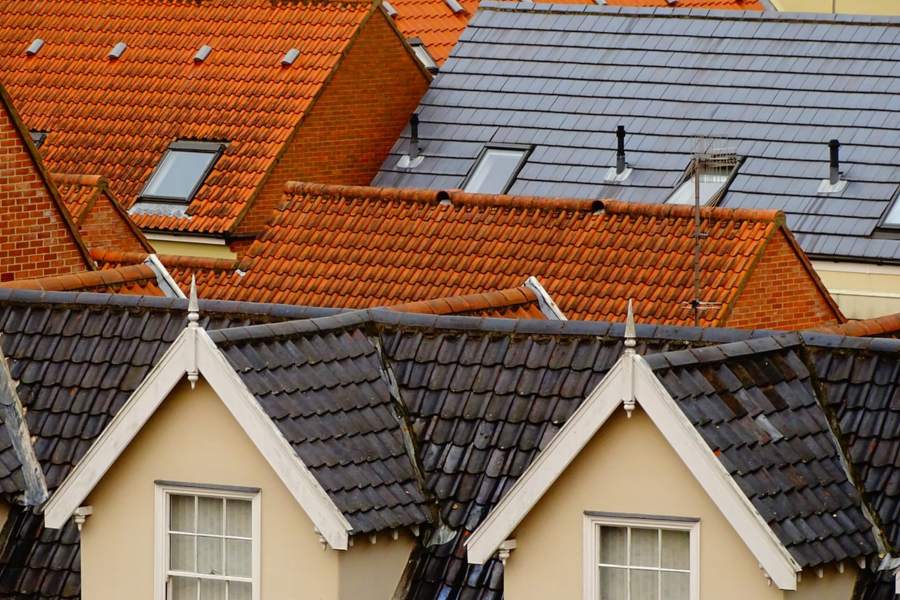
#1: Solar Shingles
Solar shingles are an alternative to standard PV solar panels, and they’re also an alternative to traditional shingles. In addition to serving as your roof, these shingles create electricity during sunny days. So, over time, these shingles begin to pay for themselves via energy savings.
Today’s solar shingles are made from rigid material, usually some type of tempered glass. Because of their rigidity, they perform much like conventional shingles. They also don’t require a solar installation crew to install them.
#2: Synthetic Wood Shakes
Standard wood shakes are a popular roofing material for homeowners who look for a more rustic feel. They’re typically manufactured from cypress, pine, redwood, or western red cedar trees. They’re thicker than wood shingles and cut by hand versus machine cut.
The downside to traditional wood shakes is that they tend to be costly and a little high maintenance. So, the market has introduced a wide variety of synthetic wood shakes, to accommodate. They offer the beauty and design aesthetic of traditional wood shakes at a cheaper price point, and sometimes, with higher weather durability.
Synthetic wood shakes can be made from metal, asphalt, cement, plastic, or rubber. One of the most popular synthetic wood shakes is the vinyl cedar shake. The company, CeDUR, makes vinyl cedar shakes out of a mixture of polyurethane molded from real split logs.
#3: Metal Shingles
Metal roofs are growing in popularity. Mostly thanks to their durability. They last up to seventy-five years, and can endure strong winds, hail, and debris. They’re also fire-proof and are believed to be more energy-efficient than the asphalt alternative. Interestingly, entire metal houses are also growing in popularity for the same reasons.
Metal shingles are generally made from steel or aluminum, but they can be made from zinc and copper, as well. They come in several different styles. Some styles give the appearance of more traditional shingles. They can be made to look like natural materials while maintaining the benefits associated with metal roofs.
The thing to keep in mind with metal roofs is that the underside of the roof can pool moisture, which can contribute to mold and damage to the home or building. This makes the need for a metal roof underlayment incredibly important. Traditionally, roofers have used felt paper as an underlayment, but synthetic underlayment products, like the Barricade® UDL Select Underlayment, are making waves for the added protection they offer.
#4: Louvered Roofing
A louvered roof is simply a roof made of louvers. Louvers are slats that are angled to allow air and light to come through while keeping direct light, rain, and noise out. They’re generally made from metal, aluminum, wood, or glass, and most often, they serve as patio and deck roofs.
Louver design is not limited to roofs, as louvers can be installed both horizontally and vertically. It’s an aesthetically appealing architectural approach that provides a modern look and feel for any home or building. For most homeowners, though, louver roofing comes to the forefront when considering patio or deck awnings.
Louvered roofs are easy to clean and allow for optimum air and light flow, while helping to keep patios up to 20 degrees cooler. They’re typically a bit more costly than traditional patio roofs, but their advantages keep them growing in popularity.
#5: Synthetic Slate Shingles
Slate shingles have always been a sought-after roof type. However, authentic slate roofs are incredibly expensive, heavy, fragile to cut and nail, requiring expert installation. Now, the market has introduced synthetic slate shingles. They look nearly identical but cost 50-60 percent less.
Synthetic slate shingles are created by molding petroleum-based materials into forms that are created from genuine slate. They are manufactured with either pure or recycled rubber, plastic, or cellulose fibers. Because of this, synthetic shingles are typically considered a “green” roofing material.
In addition, synthetic slate shingles are lighter than asphalt shingles, and are generally manufactured to be fire and weather resistant. On a cost scale, synthetic slate shingles fall somewhere in the middle, so not the most cost-effective, but also not the most expensive. If maintained, they also can last up to one-hundred years.
Innovative Roofing Products Are Abundant
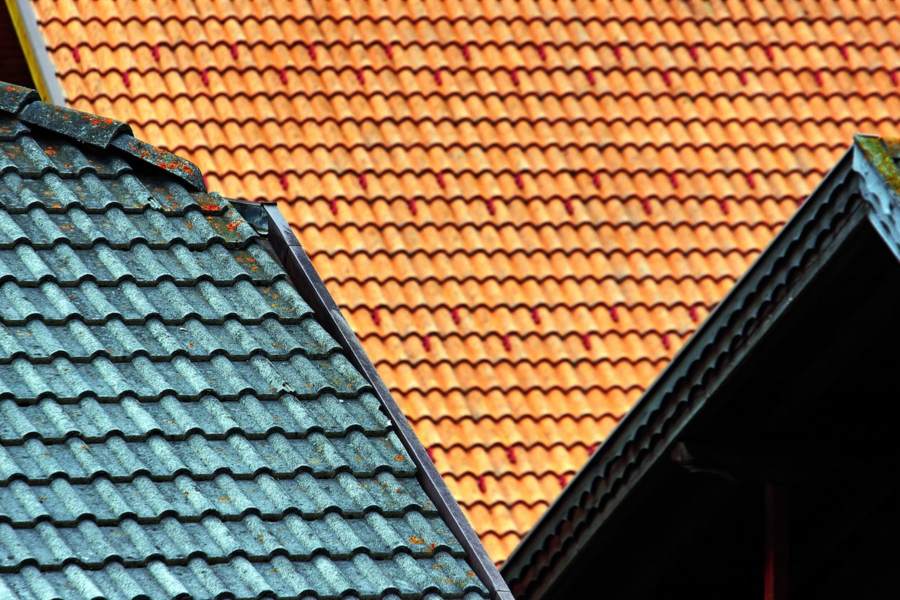
These five are just a few of the available products on the market. No matter your goals, there’s a roof type to fit your vision. From metal roofs that repel weather to cheaper alternatives to traditional roofing materials, there’s a roof that makes sense for you.
If you’re redoing your roof, be sure to talk to your contractor about all the options. They will help you find a roof that fits your goals and budget.
Matt Lee is the owner of the Innovative Building Materials blog and a content writer for the building materials industry. He is focused on helping fellow homeowners, contractors, and architects discover materials and methods of construction that save money, improve energy efficiency, and increase property value.

